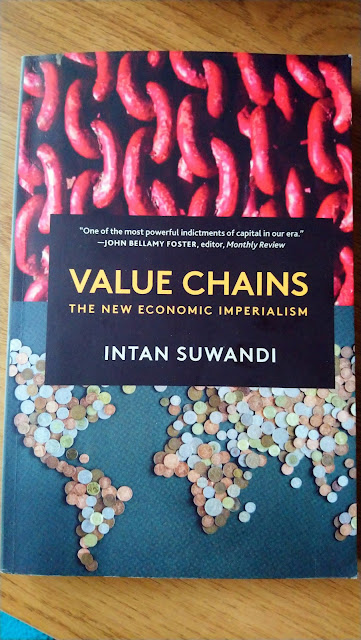A counterargument related to my work: prices, mathematics, MELT
One of the supposedly “strongest” arguments against this work of ours called The effects of organic compositions on price formation, is that it uses average profit to extract profit and surplus value. But this is the same as in Marx’s example on chapter 9 of Vol. III: if we divide aggregate revenues into the number of firms involved, the result will be total capital plus profit. Average total profit contains both profit plus capital advanced, and surplus value plus capital consumed. Just like in Marx’s example, capital I would be 120 minus 20, and 92 minus 22. Marx doesn’t simply add profit to costs, which would be exogenous and doesn’t include superprofits or extraprofits and their distribution according to productivity. Each capital would earn basically their market value price, according to the rate of profit and surplus value, which then would be uniform, and individual capitals would have no relationship between each other, each output being uniform and separate of each individual capital. But no. Marx includes the effects of averaging between individual capitals which form part of global capital. Aggregate total capital divided between the number of individual capitals, plus average profit, is equal to average total profit, which multiplied is equal to total revenues, just like in chapter 9 of Vol III, the average value of commodities is 122, which is the same as average total profit. In other words, in order to obtain profits and surplus value, plus prices of production, Marx’s decomposes revenues, not only profit as an excedent over total capital. This difference is the aggregate difference itself in socially necessary labor and the whole price transformation procedure.
These
arguments come from economists who cannot even solve the fact that
their profit rates measured in decimal form instead of percentage form, distorts
and obstructs the third aggregate equality of Vol. 3 by Marx: total prices equal total value. If we use the
percentage form, prices of production nicely fit with market value prices in
the aggregate, confirming Marx with no problem at all, and leading you to
completely different measures of prices of production. This just because of the
conventions of institutionalized economics, in order to do apologetics of this
frameworks and situation within economic science (something getting reverted as
well by heteredox economics, etc).
Finally,
and going back to our original document, 825 as new price seems to be
equivalent to MELT: wages plus surplus value.


